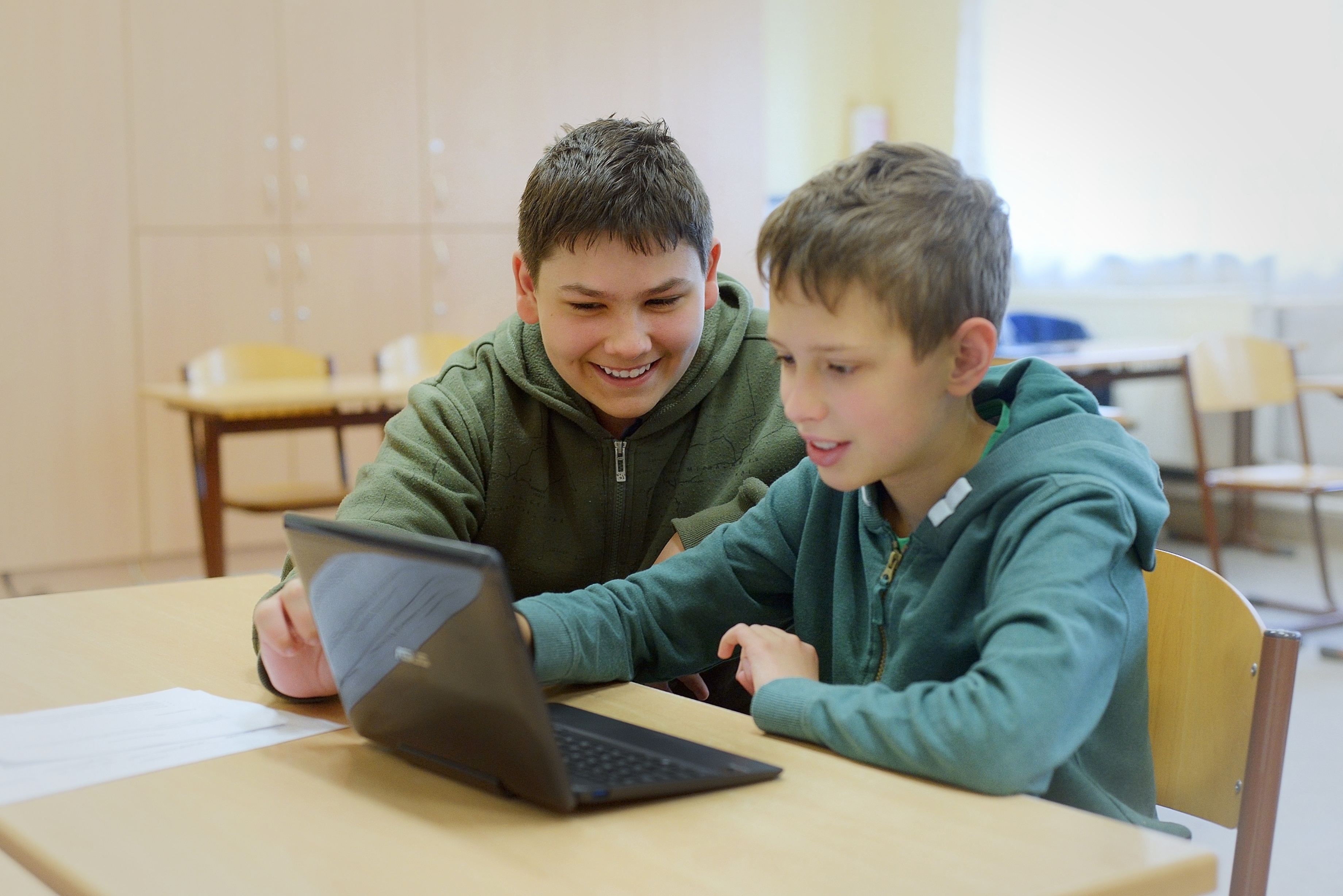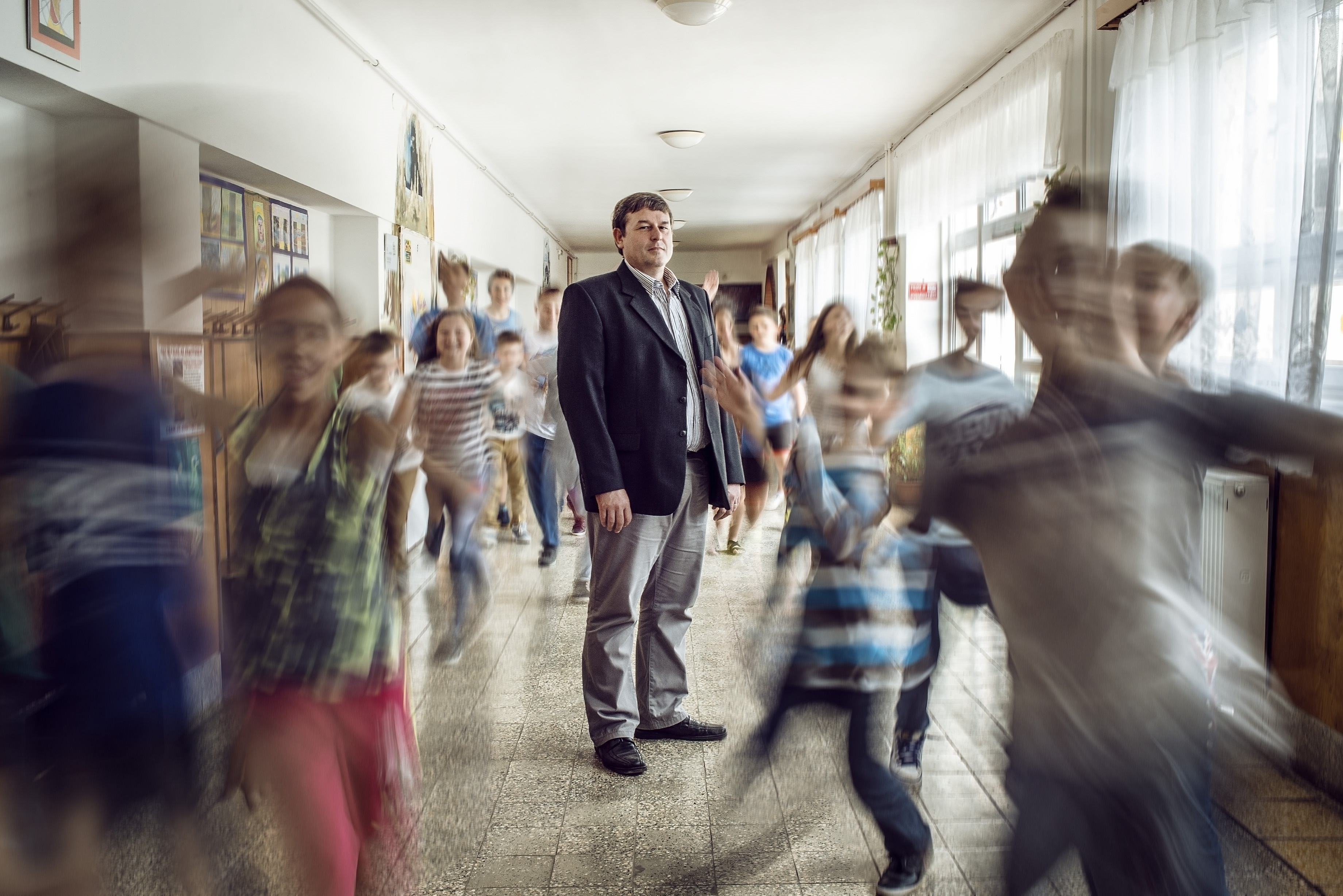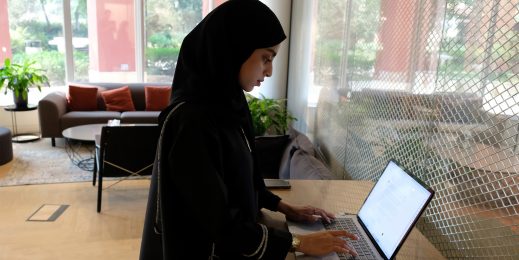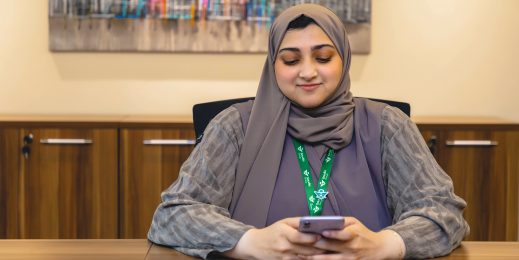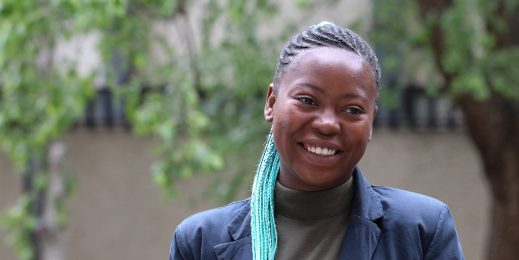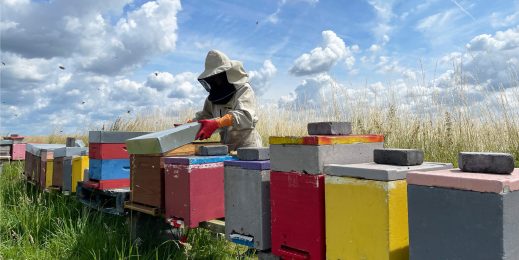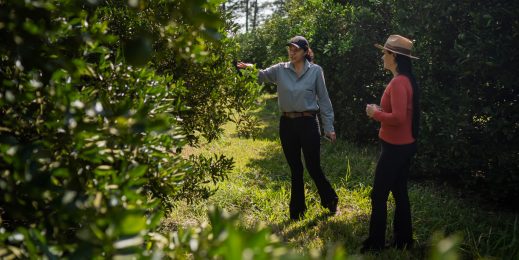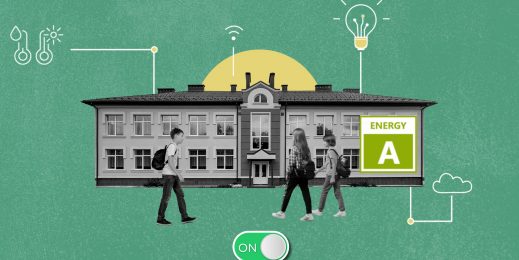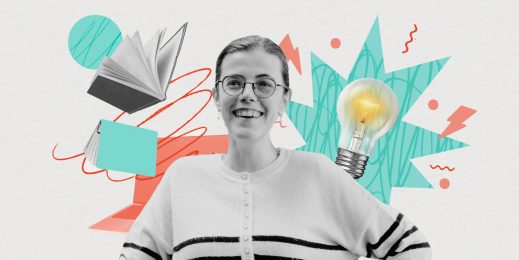
Hungarian school supercharges learning with technology
As children, we love to play. Even inside the classroom, pupils are stimulated by sights and sounds and respond best to learning experiences that are immersive and fun.
The István Fekete Primary School in Galgamácsa, Hungary knows this all too well. With 43% of students coming
from disadvantaged backgrounds, the school’s mission is inclusivity. By focusing on integrated education and skills-based development, under-performing students and high achievers both have the support they need to develop their talents.
Recognising the huge potential gains offered by digital learning experiences, in 2013 the school introduced interactive ‘digital whiteboards’. This responsive technology offers a way for kids to get hands-on with the curriculum, and lets teachers save and share students’ drawings and coursework.
The school also embraced the Microsoft Innovative Teacher Programme, to help equip teachers with more digital skills and introduce them to new types of technology that can be used in their lesson plans.
In doing so it transformed itself into a shining example integrating digital learning. It quickly recognised that combining technology with the traditional curriculum can super-charge a love of learning.
However, this was only the start.
The roaring success of this project spurred on the school’s digital transformation. As a next step, the school issued
30 Asus Transformer tablets to its students, pre-loaded with educational software. They could use the tablets in class, at home and even during breaks.
The tablets revolutionized the pupils’ process of discovery by creating imaginative and experiential learning opportunities across different subjects that may have traditionally been slower to embrace technology or newer teaching methods. Zoltán Kovács, principal of the school, said: “Tablets, PowerPoint presentations and OneNote motivate the children. Thanks to these new teaching techniques, they are more receptive to topics that used to be very challenging.”
A particularly exciting example was the use of OneNote for poetry analysis, which let students take notes and share their thoughts on the poems that most inspired them. Students loved illustrating their own analysis of a poem by Sir Michael Csokonai Vitez using Word, PowerPoint or OneNote, and teachers found that this combination of old and new really resonated across the young minds in their classrooms. Zoltán Kovács commented, “It’s like having our own smart education portal here in Galgamácsa. With digital learning tools, we can meet children’s individual needs, and encourage them to work together and learn from each other. This is what a 21st education should be.”
Technology can certainly spark a student’s imagination, but some of the benefits are even more profound. A teacher at the school spoke of how the tablets have helped students with learning difficulties to gain greater confidence in their abilities, including one student who was able to tackle his dysgraphia by using his tablet to type and share his work. This positive experience has sparked a newfound love of learning and discovery while also teaching digital skills.
A rejuvenation of passion for learning among the whole school is the most exciting outcome of this digital transformation project. A digital education no longer just means learning about ICT, but teaching young people about the growing significance technology will have in their lives. By integrating traditional teaching techniques with newer technologies, many forward-thinking schools across Europe are creating a buzz around education progression, and bringing the learning experience into the 21st century.





